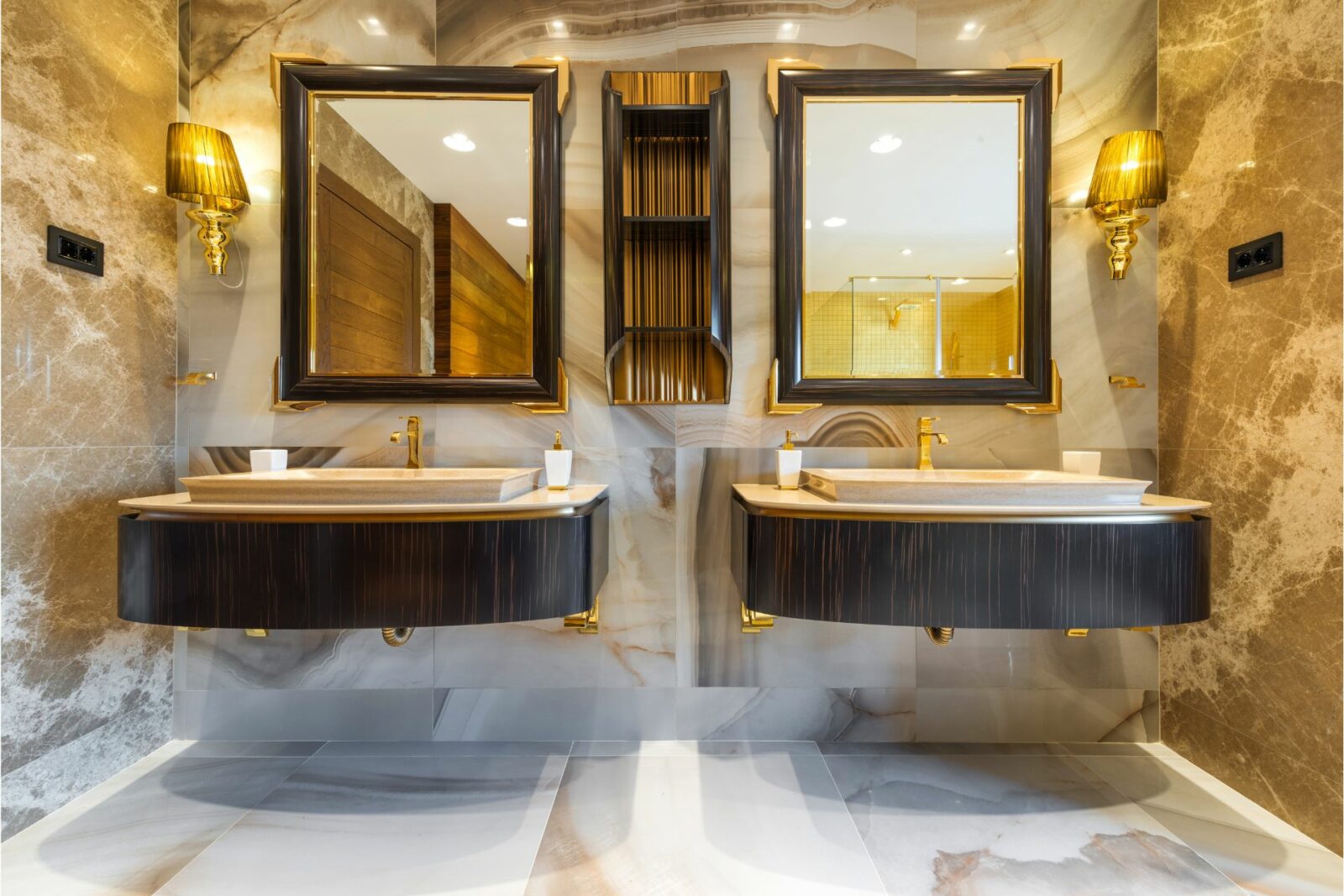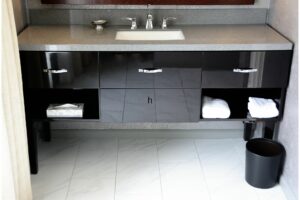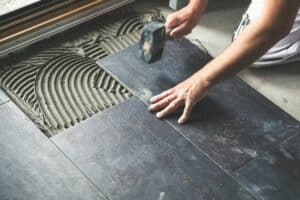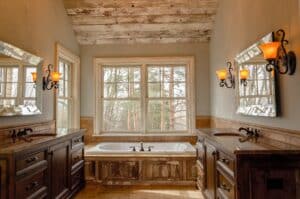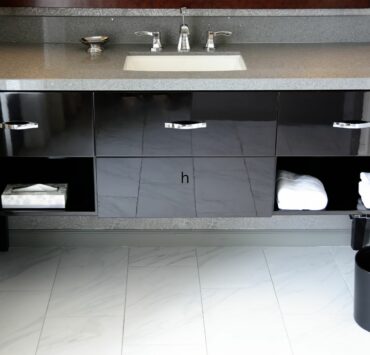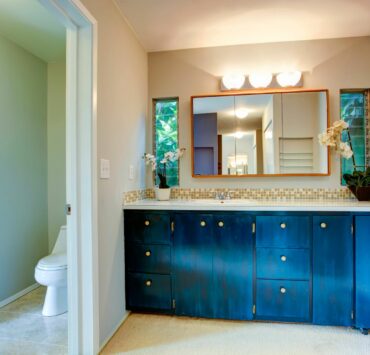Bathroom vanities often serve as a focal point in the room, and a backsplash can add both style and practicality. This blog delves into whether bathroom vanities need a backsplash, the benefits they provide, and the various options available to homeowners.
Why Consider a Backsplash for Your Bathroom Vanity?
A backsplash offers several advantages
- Protection: It protects the wall behind the vanity from water damage, stains, and mildew.
- Easy maintenance: A backsplash makes cleaning easier, as it prevents dirt and grime buildup on the wall.
- Aesthetic appeal: A stylish backsplash can enhance the overall design of your bathroom.
Factors to Consider When Deciding on a Backsplash
- Vanity location: If your vanity is close to a water source or frequently exposed to splashes, a backsplash is highly recommended.
- Wall material: Consider the durability and water-resistance of your bathroom walls. A backsplash might be necessary for walls that require extra protection.
- Design preferences: Some homeowners may prefer a minimalist look without a backsplash, while others may want the added visual interest.
Popular Backsplash Materials
- Ceramic and porcelain tiles: These are affordable, water-resistant, and come in various styles, colors, and patterns.
- Natural stone: Marble, granite, and travertine offer a luxurious and timeless look but may require sealing to prevent staining.
- Glass tiles: These add a modern touch and are easy to clean but can be more expensive than ceramic or porcelain tiles.
- Solid surface: Materials such as quartz and Corian provide a seamless look and are low-maintenance, but can be costly.
How to Install a Bathroom Vanity Backsplash
- Measure the wall space: Determine the height and width of your desired backsplash.
- Choose your material: Select a material based on your design preferences, budget, and maintenance requirements.
- Prepare the surface: Clean and dry the wall behind the vanity to ensure proper adhesion.
- Install the backsplash: Follow the manufacturer’s instructions for installation, which may involve applying adhesive, cutting tiles, or using spacers.
- Seal and finish: If required, apply a sealant to protect your backsplash and grout from water damage.
Conclusion
While bathroom vanities don’t necessarily need a backsplash, it’s a practical and stylish addition that provides numerous benefits. By considering factors such as vanity location, wall material, and design preferences, you can determine if a backsplash is right for your bathroom.
